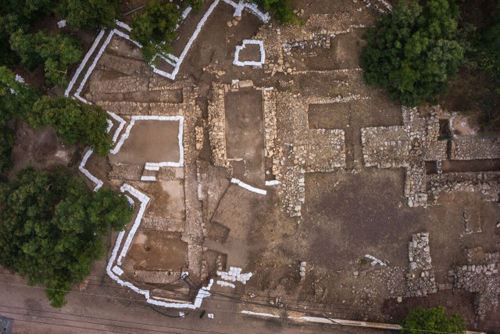Date£º
2015-07-30 13:14 Source£º
thedrinksbusiness Author:
Lauren Eads Translator:
A collection of wine jars and grape seeds, which could unlock the secrets of an ancient variety, have been unearthed in northern Israel.

The 4,000-year old remains of Canaanite palace, Tel Kabri
In total, archaeologists have found a further 70 clay wine jars ¨C and grape seeds ¨C at the 4,000-year old Canaanite Tel Kabri palace in northern Israel, as reported Haaretz.com.
A team previously uncovered around 50 jars in one room at the palace, the oldest and largest known palatial wine cellar in the region, dubbed ¡°the wine cellar¡±.
A further three storage rooms were only recently discovered, unearthing a further 70 wine jars and grape seeds. While all of the recently discovered jars will undergo analysis, residue from previous finds at the site determined that they contained an aromatic red wine. It is hoped the discovery of ancient grape seeds could help to not only date the site, but also glean information about an ancient grape variety, and the the wine drunk by people during the Canaanite period.
¡°The goal of this season was to further understand the Canaanite palatial economy, by expanding the excavation beyond the area where the jars were found last season¡±, said Yassur-Landauf of the University of Haifa. ¡°We were hoping to find additional store rooms, thinking about the palace of Mari and the palaces in Crete from the same period ¨C but to find ones that are actually filled with jars was unexpected. This kind of a find is a once in a lifetime opportunity to learn about Canaanite economy and rulership.¡±
Israel¡¯s grape production is largely grown from strains brought to the country by Baron Edmond James de Rothschild in the late 19th century, with the wine industry prior to this period wiped out during Islamic rule of the region starting in the 7th century CE.
The Tel Kabri Palace, which dates back to the Canaanite period, covers a 6,000 square metre area, however who inhabited it remains a mystery, despite it being occupied continuously for over 250 years from about 1850 BCE to the 1600s BCE.